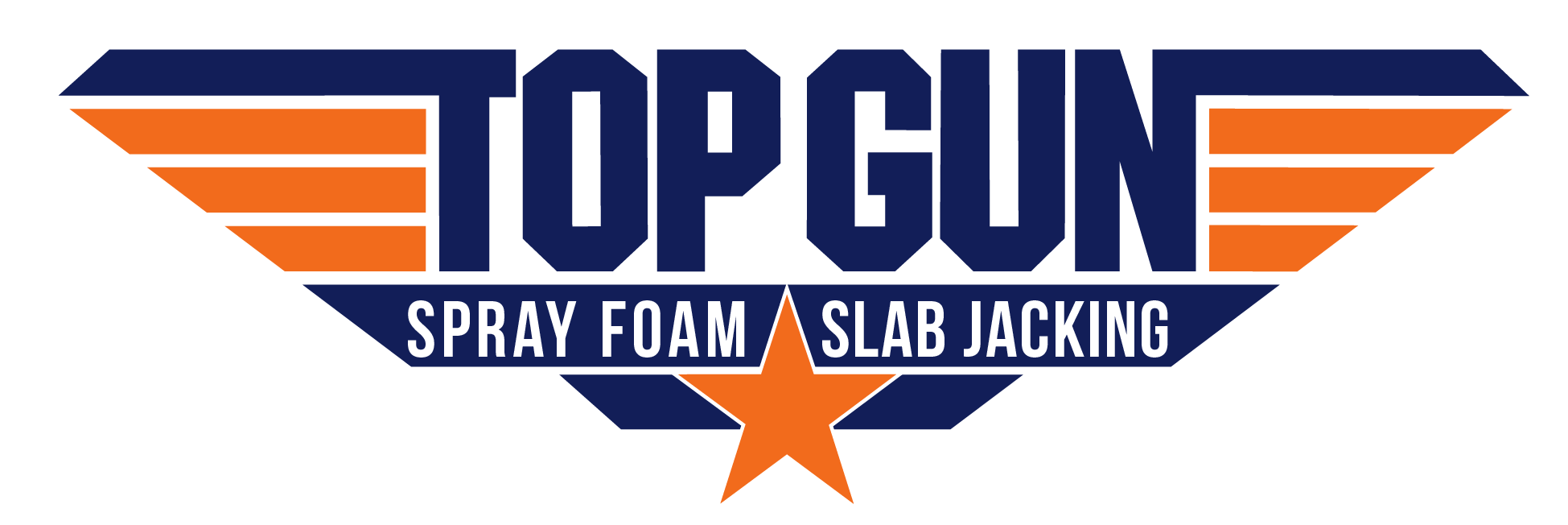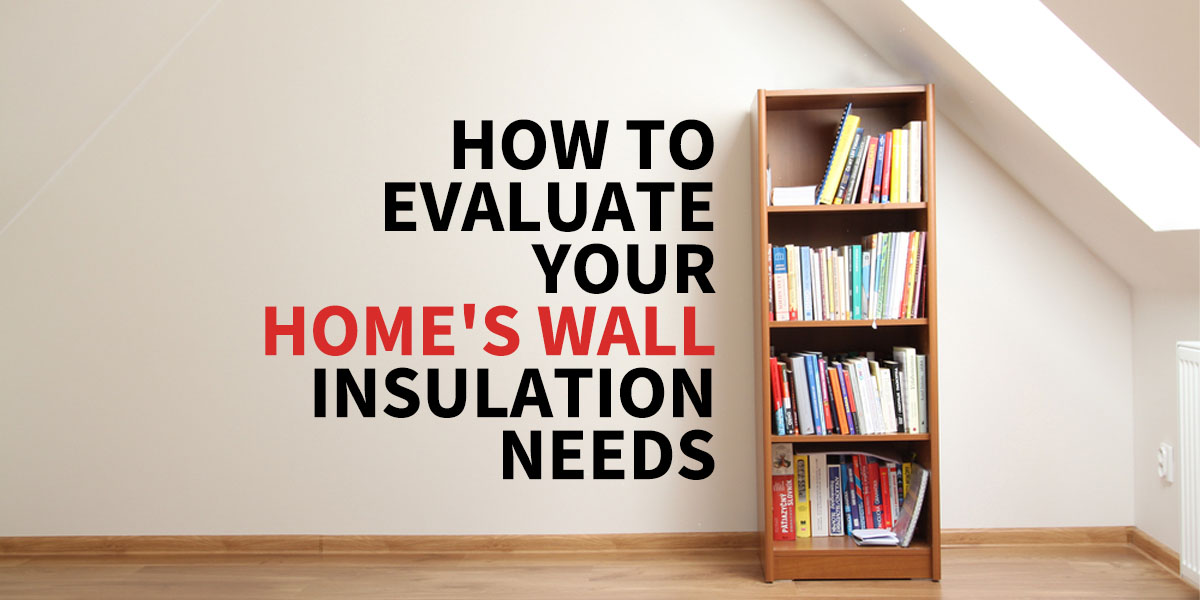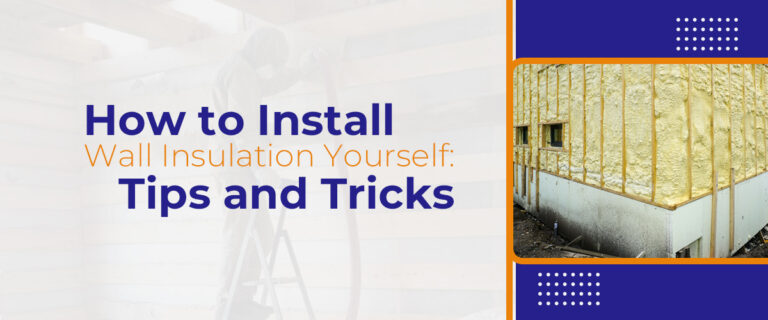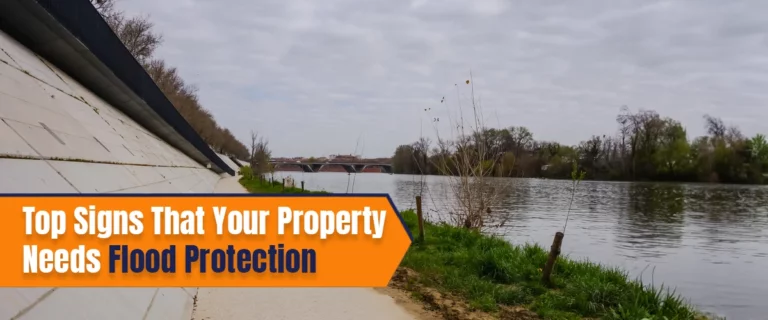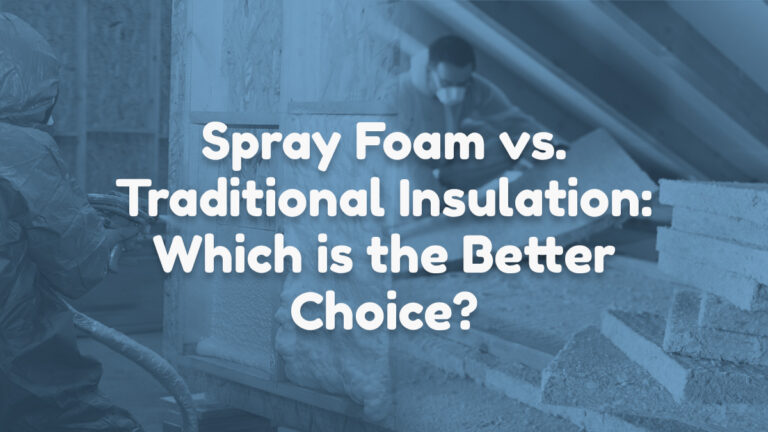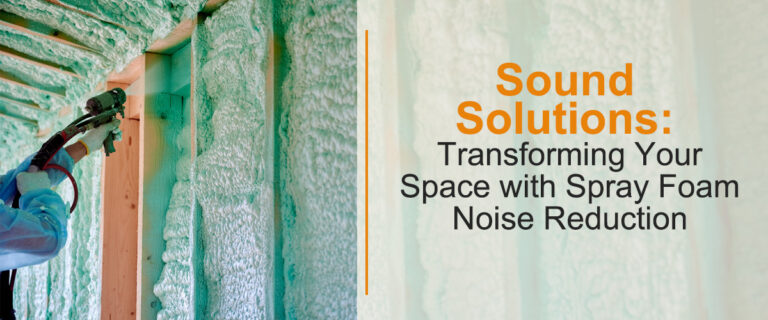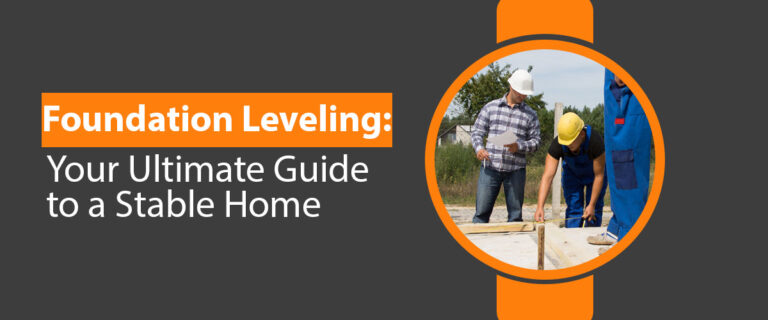How to Evaluate Your Home’s Wall Insulation Needs
As homeowners, we want to ensure our living spaces are comfortable and energy-efficient. One crucial aspect of achieving this is evaluating and improving your home’s wall insulation. Proper insulation can help keep your home warm during the colder months, cool during the warmer months, and can also help you save on energy bills. This article will examine the various forms of wall insulation in more detail, as well as the elements to consider when determining your home’s insulation requirements, how to evaluate your home’s insulation requirements, how to increase insulation, and the cost and return on investment.
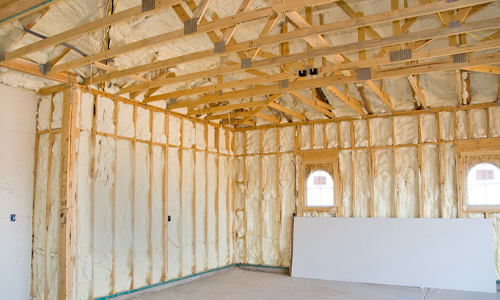
Types of Wall Insulation
There are four primary types: batt insulation, blown-in insulation, spray foam insulation, and reflective insulation.
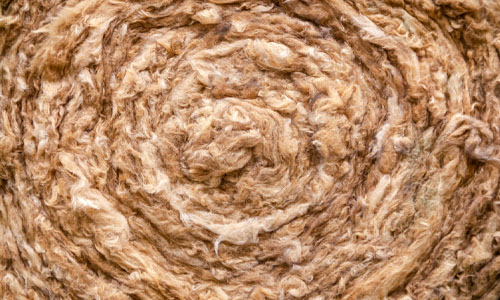
1. Batt insulation
Cotton, rock wool, or fiberglass can produce batt insulation, one of the most popular types of insulation. It is installed between wall studs, rafters, and joists and is available in pre-cut panels or rolls.
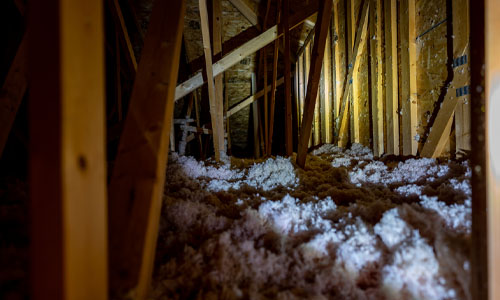
2. Blown-in insulation
Blown-in insulation is another popular option, particularly for existing walls. Specialized equipment blows loose cellulose, fiberglass, or mineral wool fibers into wall cavities to make this type of insulation.
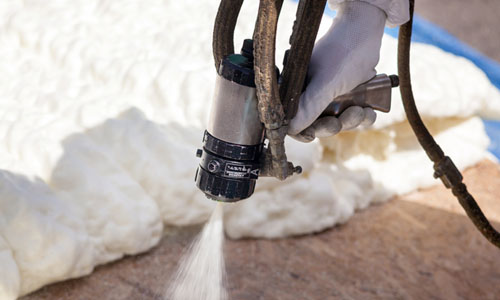
3. Spray foam insulation
Spray foam insulation is an effective option for sealing wall gaps and cracks. The liquid foam expands and hardens after application, creating an airtight seal.
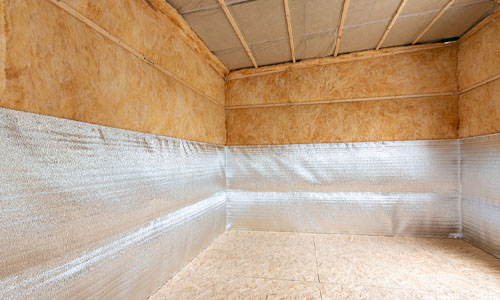
4. Reflective insulation
Reflective insulation intends to return heat into the space rather than absorb it. The construction of reflective insulation involves using polyethylene, plastic film, or foil-faced paper bubbles.
Ultimately, the best decision will rely on several variables, including the environment, the house’s age, and construction type. It’s essential to weigh each type of insulation’s pros and cons before deciding.
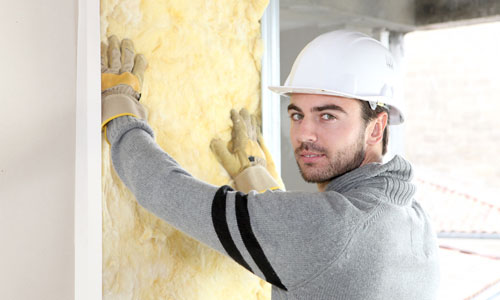
Factors to Consider When Evaluating Wall Insulation Needs
Before deciding on a type of insulation to go for, there are several factors to consider:
1. Climate zone
The ideal insulation for your walls will depend significantly on the climate zone in which you reside. Homes in colder climates require insulation with a higher R-value to keep the warm air inside during the winter. On the other hand, homes in warmer temperatures will need insulation that keeps the hot air out during summer.
2. Age of the house
The age of your house plays an essential role in determining the type of insulation you need. Older homes may need insulation or outdated insulation that no longer performs optimally. A professional should inspect homes built before the 1980s for hazardous materials such as asbestos.
3. Type of construction
The type of construction also impacts the type of insulation best suited for your home. Homes constructed with wood frames, for example, may need insulation that can settle and accommodate the changes in the wood structure over time. On the other hand, homes with masonry walls may require a different type of insulation that can accommodate their unique properties.
4. R-value of current insulation
If your home already has insulation, it’s essential to consider its R-value. Precisely, the R-value measures the effectiveness of insulation in resisting heat flow. Therefore, a higher R-value indicates better insulation, and it’s crucial to evaluate whether your current insulation needs to be improved to achieve optimal energy efficiency.
5. Energy bills
High energy bills can indicate that your home’s insulation needs improvement. Heat can escape through inadequate insulation, making your HVAC system operate more actively to keep the correct temperature. By evaluating your home’s insulation needs, you can identify areas where insulation needs improvement and reduce energy bills.

How to Evaluate Wall Insulation Needs
There are several methods for evaluating your home’s wall insulation needs:
1. Conducting a visual inspection
A visual inspection can help identify any areas of the wall where insulation is missing or insufficient. Look for gaps, cracks, and other places where insulation may be damaged or missing.
2. Conducting a blower door test
A blower door test can identify air leaks and help determine your home’s overall air tightness. This test can help identify areas where insulation is needed or existing insulation needs improvement.
3. Hiring a professional energy auditor
A professional energy auditor can conduct a more comprehensive evaluation of your home’s insulation needs. They will use specialized tools and techniques to identify areas where insulation is lacking or ineffective.
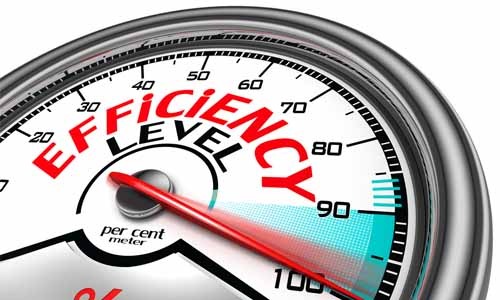
Take Action for Efficiency!
In conclusion, evaluating and improving your home’s wall insulation can have several benefits, including energy efficiency, cost savings, and overall comfort. By understanding the different types of insulation, factors to consider when evaluating insulation needs, and steps to improve insulation, homeowners can make informed decisions to ensure their homes are adequately insulated. Hence, don’t neglect the importance of wall insulation in your home – take the time to evaluate your insulation needs and make the necessary improvements for a more comfortable and energy-efficient living space.
